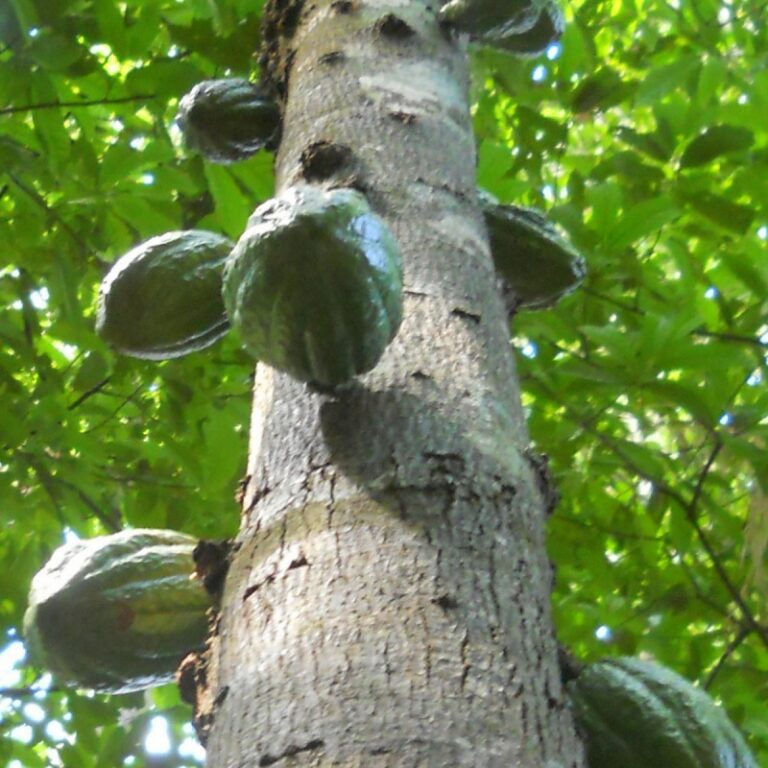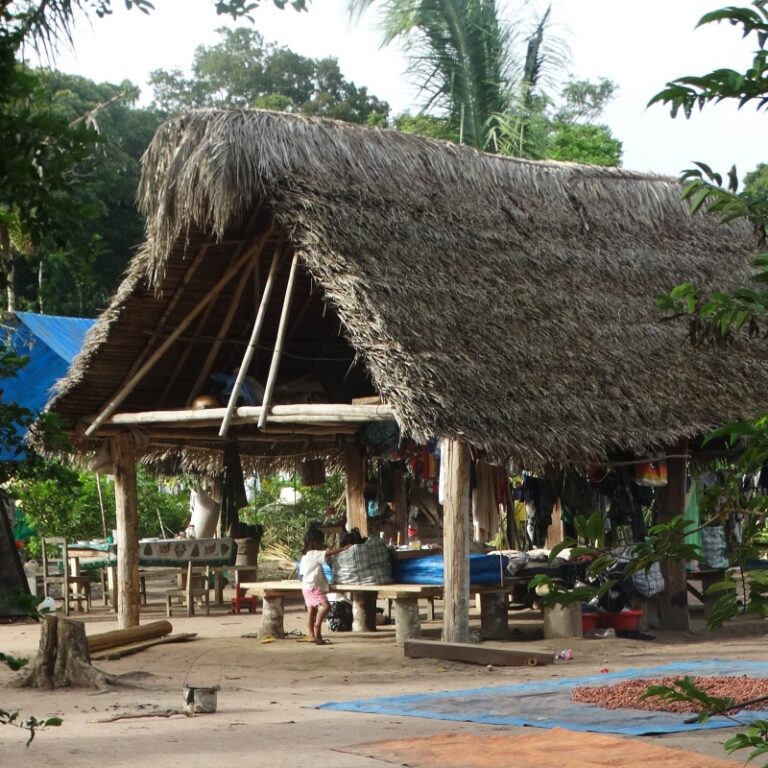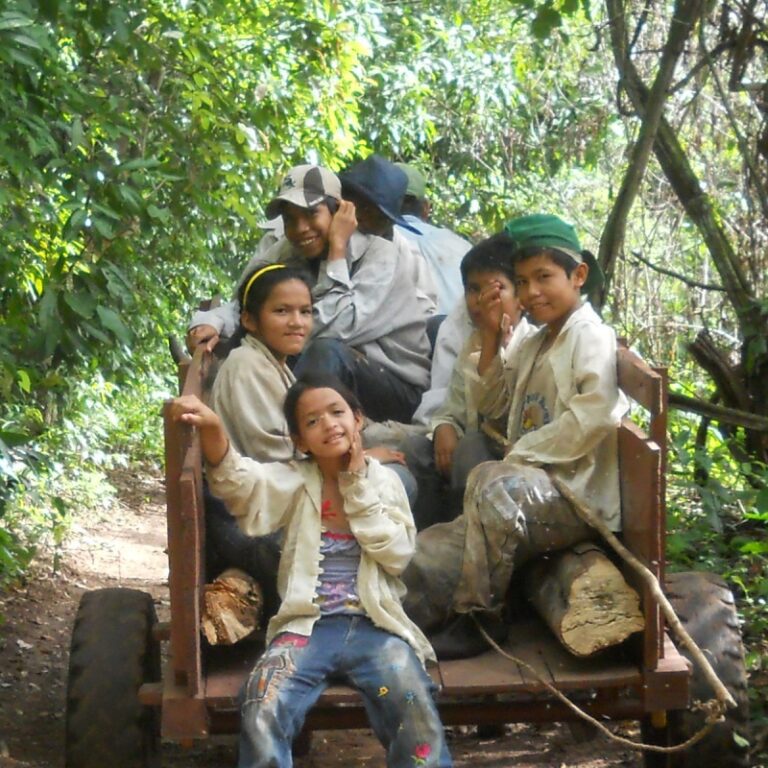Wild Chocolate has been produced from cocoa
from the original cacao trees in the Amazon rain forest in Bolivia.
The Wild Chocolate is the only sustainable and climate-friendly chocolate in the world.
It is also among the best in the world, and the Wild Chocolate has achieved several international awards.



SUSTAINABILITY
The chocolate that we normally consume, is being farmed in plantations.
When we in stead consume the Wild Chocolate, then most sustainability issues has been solved – simply because the cocoa for the chocolate has been produced 100% by nature.
For the chocolate, that we as consumers commonly use, Child Labor in the plantations is always an issue.
This is not the case for the Wild Chocolate.
First of all, there are no plantations where children can work.
Second, the peoples of the cocoa forests have never had a tradition that includes child labor. As the forests can not be owned by individuals, each family works for themselves, in accordance with their tradition and culture.
Finally, Bolivia has a strong legislation against child labor.
The Nature is dramatically challenged through the production of chocolate from plantation farmed cocoa.
When a cocoa plantation is being established, the first thing that will happen is that the forest will be slayn and burned.
Thousand of tons of CO2 is then being released, and the biodiversity is being destroyed.


For the Wild Chocolate, the result is the opposite:
The the cocoa is being produced from the naturally occurring cacao trees inside the rain forest.
The rain forest is not being affected, and through the value of the cocoa, the forest has now a value as a living forest.
Through the income from the cocoa, the people of the forest can stay and have their livelihood there, and the forest is protected.


The food by nature Wild Chocolate is being produced from cacao fruits that the peoples of the forests gather in the rain forest.
The income from the cacao fruits ensures that they can have a dignified life an can stay in their communities if they wish to.
There are schools, also in the small communities down to app. 20 families.


The cacao trees are 10 m high in the nature.


The people of the forest loosen the cacao fruits with long poles.


Back in the small village, the cocoa beans are taken out of the fruit and fermented to remove the pulp.
“Fermentation” means that the beans are left to ferment naturally for a short time, usually in a cloth in a wicker basket.


When the cocoa beans have been fermented and the pulp has been completely removed, the cocoa beans will be dried, either on a tarpaulin or on drying tables.


Our consumption of Wild Chocolate gives the people of the forest the opportunity for a dignified life in their communities.


The goal is that the next generation can also have a good life in the forests, and will stay, so that the forests can continue to exist.
Their level of expectation is of course higher than that of previous generations.
Our purchase of the Wild Chocolate contributes to the communities in and around the forest being able to get electricity from solar cells and to have access to the internet.
The CO2-emission of Wild Chocolate is 50 to 75% lower than the CO2-emission of chocolate produced on plantation-grown cocoa.
The reason is pretty simple:
The cocoa for the Wild Chocolate has been produced 100% by Nature.
This means that there is no emission from the burning of the forest.
No emission from the production or application of
pesticides, fertilizers, or irrigation
You may want to read more of the CO2-emission here.
Why different types of chocolate taste differently
There are many factors that influence the taste of dark chocolate.
The first is the variety of the cacao tree. Here, nature has hundreds of varieties to offer, while plantation farmed cocoa has only a few.
Nature has adapted the varieties according to exactly the places where the individual varieties grow, and each place – each “cocoa island” in the rainforest – therefore has its own flavor composition.
The fermentation – i.e. the process to separate the pulp from the beans – also has an important impact on the taste. The wild cacao has been fermented in the traditional way, which means that the beans and the pulp are left hanging in a piece of cloth or in a wicker basket, or placed in a wooden vessel.
How long the fermentation takes place and exactly how it is done may be determined by village traditions. The chocolate factory advises on this, in order to achieve the best possible taste.
Finally, there is the sugar. 100% dark chocolate tastes very bitter and cannot be enjoyed. That is why sugar is added, and how much and what type of sugar is added is also decisive for the taste. Locally grown cane sugar is used for the wild chocolate.
